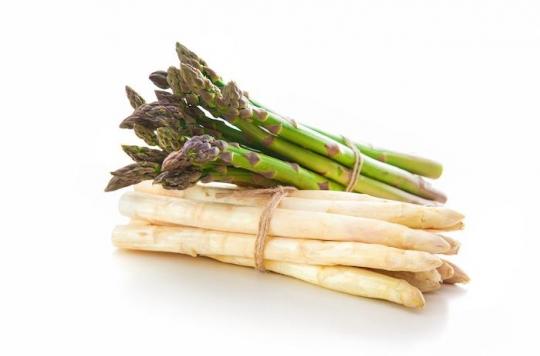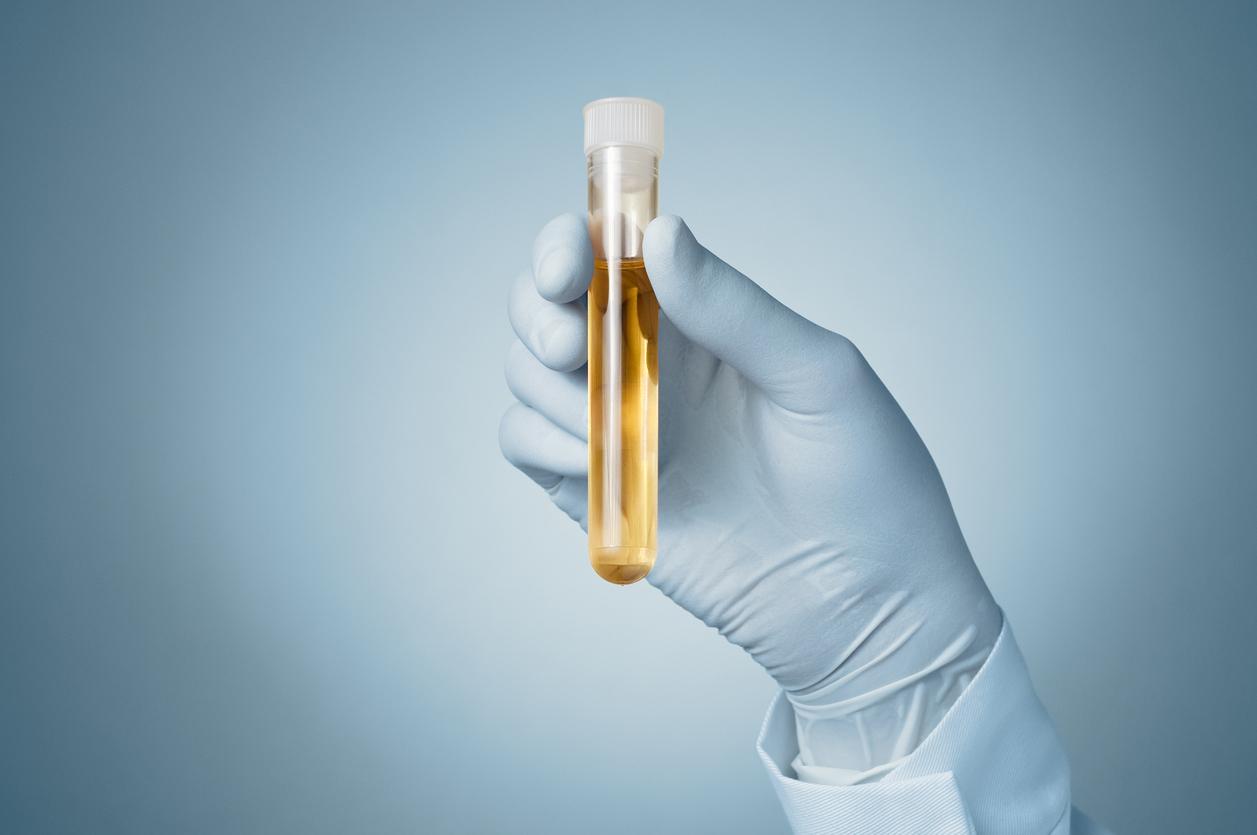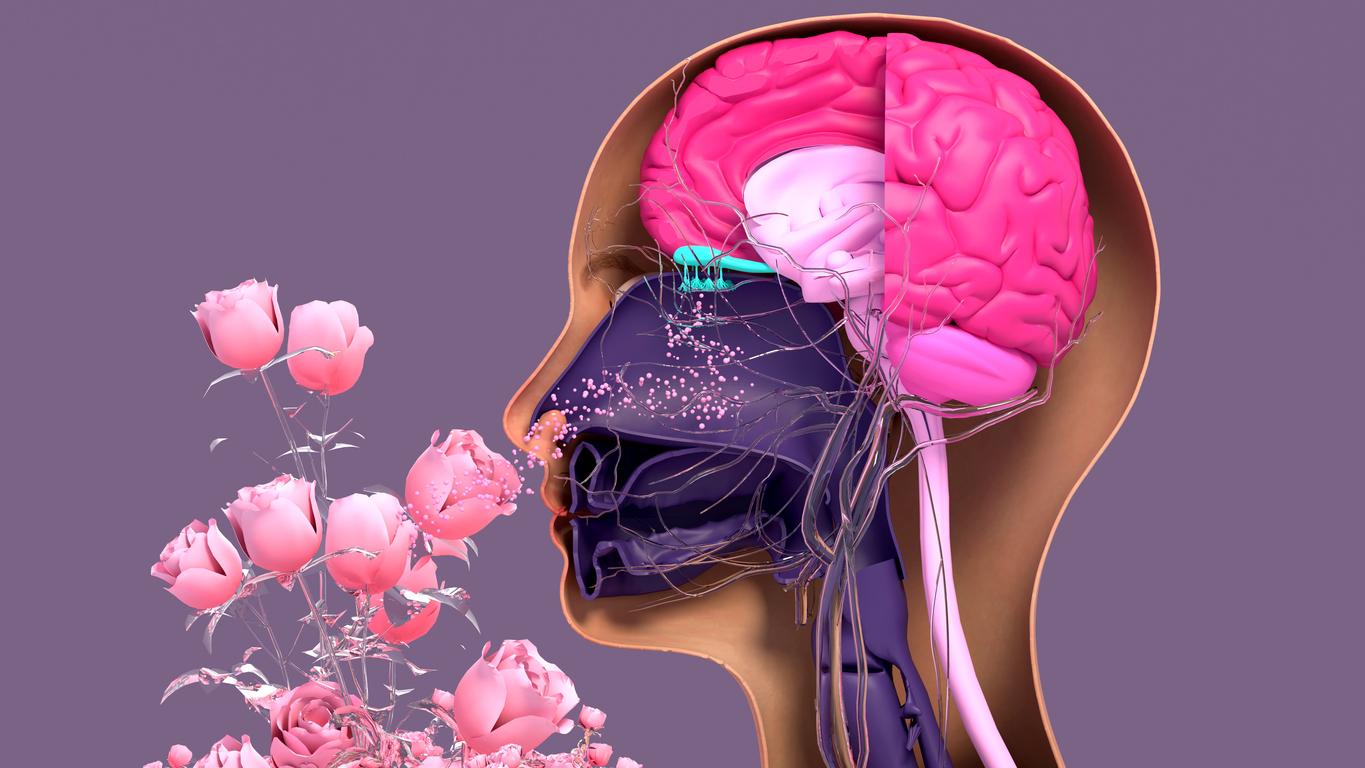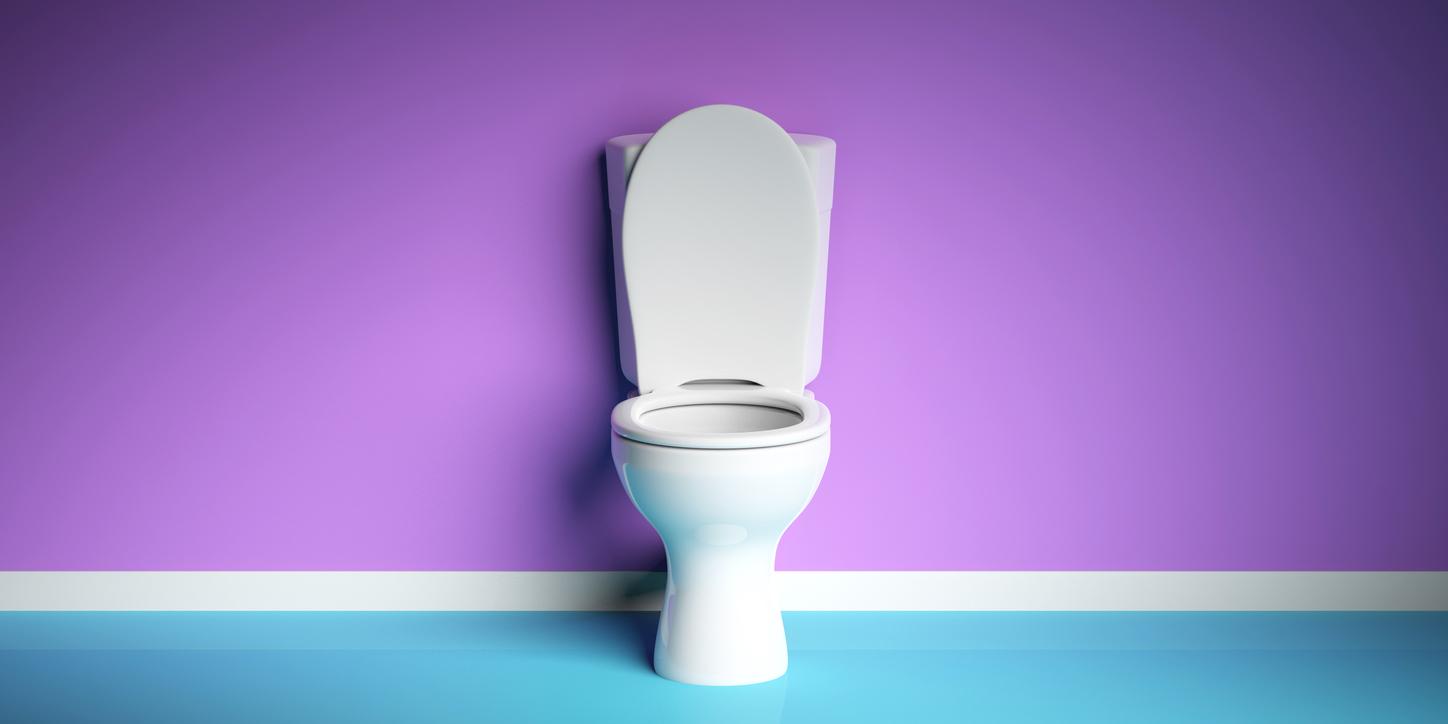Whether green or white, asparagus have common characteristics: the season is starting, they have unconditional fans, and above all, they give a terrible smell to urine. Secrets of smell.

The asparagus season is the terror of analysis laboratories. Asparagus contains an acid, aptly called asparagusic, which breaks down during digestion into several substances: methanethiol, dimethyl sulfide and dimethyl sulfone. Clearly, we could have summed up by saying that it looks like sulphur; so to the rotten egg! To give you an idea of the power of the phenomenon, these substances are a thousand times more concentrated than in normal urine. Another strong idea: they are found in the urine of the polecat, which does not have a good “olfactory” reputation with humans.
The addition is paid very quickly in the hours following consumption, since as soon as digestion begins, these substances pass into the blood, the kidneys and are found concentrated in the urine.
Genetic injustice
Explained this unpleasant smell, arises another mystery. When the conversation comes to the topic, you will find that the division leaves two groups, almost identical in size: those who smell and those who don’t!
Scientifically, the figure is just over 40% of people affected by the phenomenon. Two unverified hypotheses: the first is that some people do not smell this odor; the other is that the acid does not pass into the urine. Where is he going then? Not in breathing, because that would be worse. Whatever the explanation, it’s a matter of genetics…
An excellent food
After this inconvenience which has never really prevented amateurs from gorging themselves, asparagus has only virtues.
In particular, very serious studies have shown that it participates in the protection against cardiovascular diseases. No doubt with its ability to help elimination through the urine (we’ll come back to this). Perhaps also because it contains these famous antioxidants, which prevent our body from rusting and which are recommended for the prevention of many chronic diseases.
Because they contain folate, they are also recommended for pregnant or breast-feeding women (apparently no evacuation through milk… or babies do not complain!) because these are essential vitamins at this period of the life.
Green, purple or white?
There is little difference in nutritional quality, with perhaps a little less quality for the white ones. The nutritionists who make this classification also recommend not peeling them to prevent them from losing essential elements. This is an opinion that shows the gap sometimes between nutritionists and gourmets.
A downside from a dietary point of view: prefer the vinaigrette; mayonnaise or cream mousseline sauces make the food bad for the line.
Doctor Jean-Francois Lemoine
Subscribe to the chronicles of Dr Lemoine
@DrLemoine
.

















